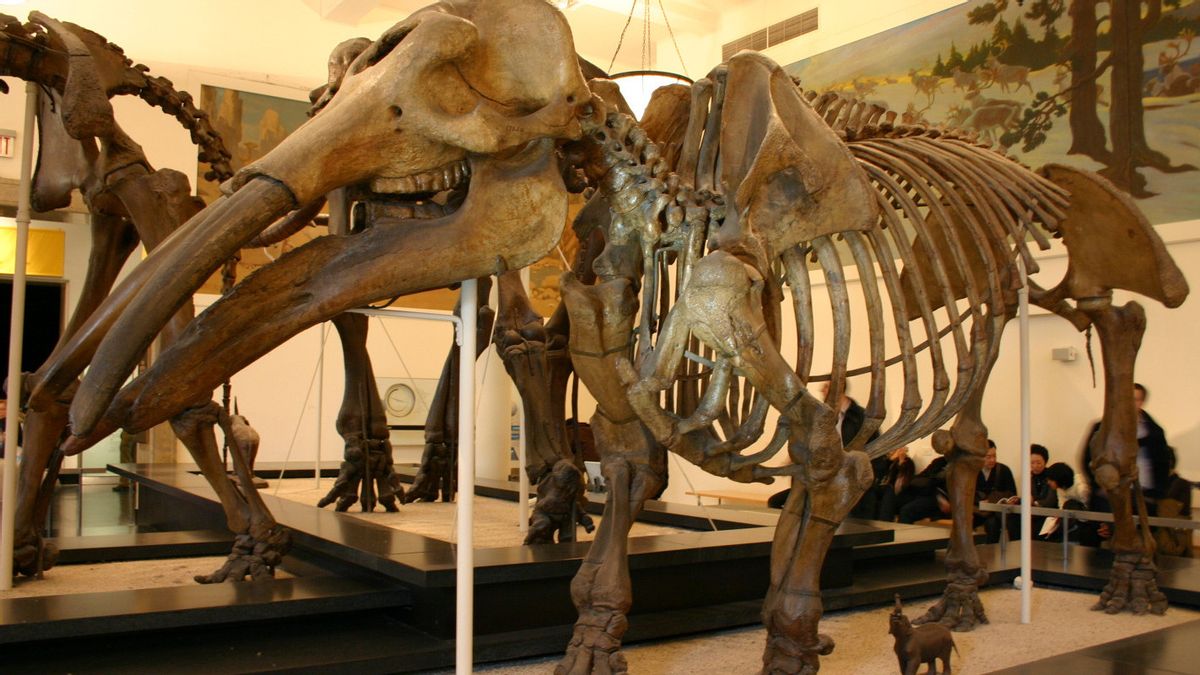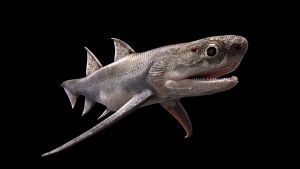JAKARTA - Gomphotheres, a relative of an extinct modern elephant, roamed in southern Chile thousands of years ago and may have been the target of group hunting by the population of the region, according to Chilean scientists' hypothesis following recent findings.
Scientists recently discovered some of Gomphothere's 12,000-year-old relics near Lake Tagua Tagua, a glacial finger lake, in southern Chile.
The massive creatures weighing up to 4 tons and up to 3 meters (9.8 feet), led scientists to believe they were the target of group hunting of residents in the region.
"The hypothesis we're working on is about hunting, hunting events", said Carlos Tornero, an archaeologist who works on the site.
"We think this is because Gomphothere is a very large and dangerous animal and may require some people (to hunt)", he said.
Scientists say the discovery will also allow them to study the wider human impacts on the region and how climate change affected animals in the area during that time.
SEE ALSO:
"We can get a lot of information from here, for example regarding climate change, how it affects animals", said Elisa Calas, an archaeologist who also works on the site.
"Human's influence on the environment is very much in line with what is happening now in terms of the environment", he concluded.
The English, Chinese, Japanese, Arabic, and French versions are automatically generated by the AI. So there may still be inaccuracies in translating, please always see Indonesian as our main language. (system supported by DigitalSiber.id)















